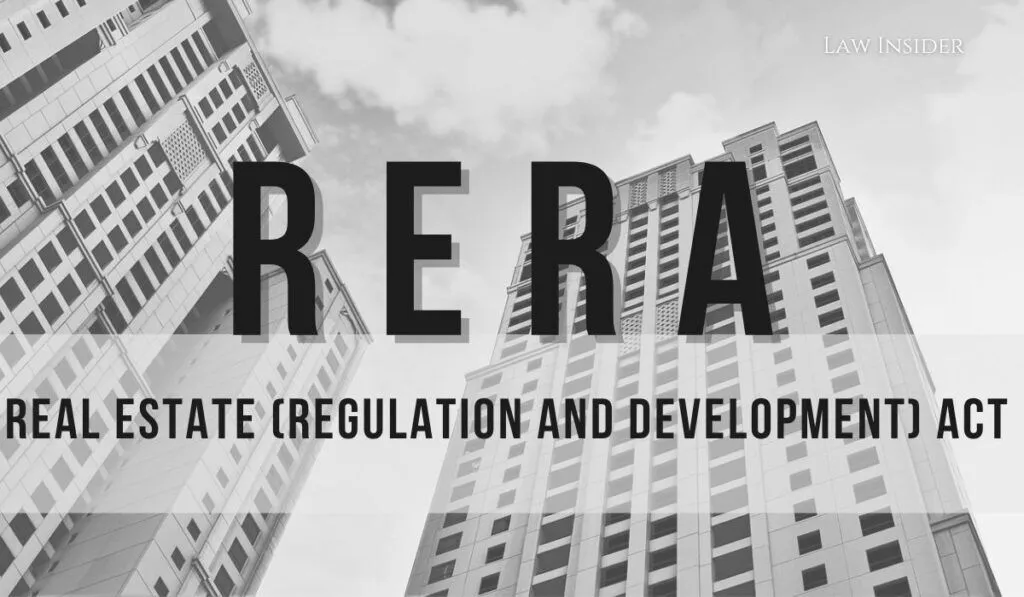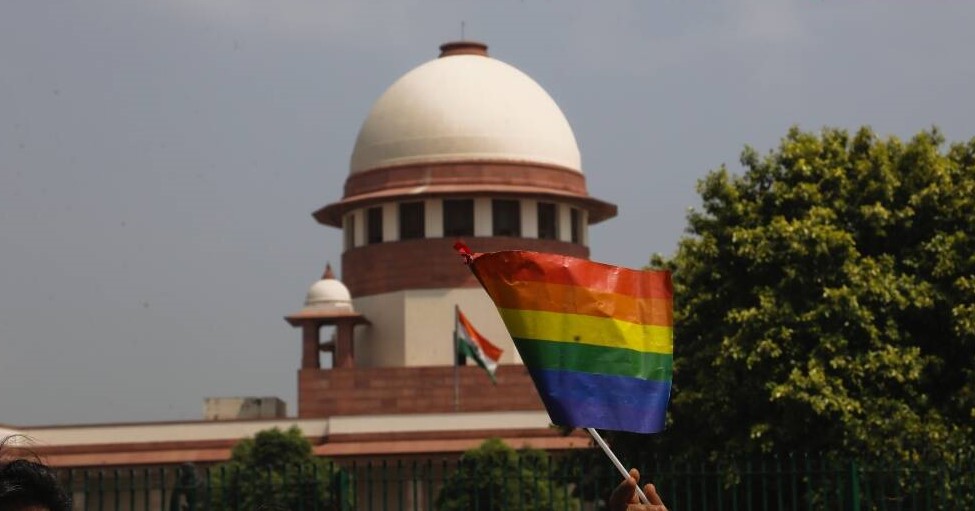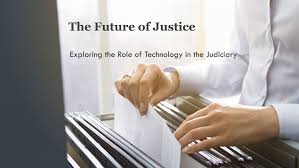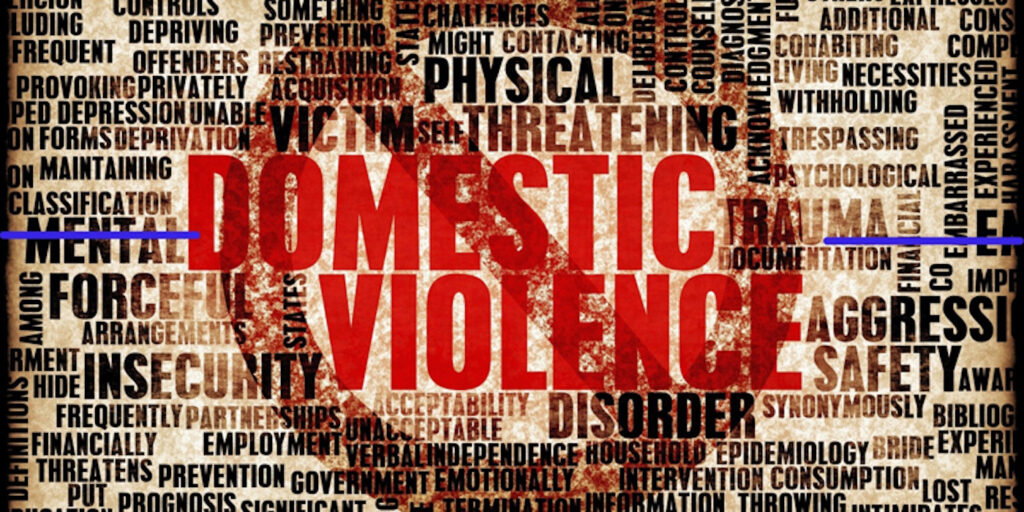Liquor laws in India: A Comparative Analysis of state Regulation and Legal Frameworks
Liquor laws in India are a complex and diverse set of regulations that vary significantly from state to state. This variation reflects India’s federal structure, where each state has the authority to formulate its policies concerning the manufacture, sale, and consumption of alcohol. This article explores the liquor laws across different Indian states, recent amendments, notable case laws, and the legal framework that governs alcohol regulation in India. 1. Introduction The regulation of liquor in India falls under the State List of the Seventh Schedule of the Indian Constitution, allowing individual states to enact their laws related to alcohol. The laws governing liquor in India are shaped by a mix of historical, cultural, and socio-economic factors unique to each region. Consequently, the country has a patchwork of regulations that often lead to confusion and challenges for both businesses and consumers. 2. Historical Context and Legal Framework Constitutional Provisions Liquor regulation is primarily a state subject under the Indian Constitution. Article 47 of the Directive Principles of State Policy also plays a role, urging the State to endeavour to bring about the prohibition of intoxicating drinks and drugs harmful to health. This has led to varied interpretations and implementations across states. Early Legislative Framework Historically, liquor regulation in India was influenced by British colonial policies, which focused on controlling and taxing alcohol. Post-independence, states adopted their liquor policies, leading to significant differences in regulations across the country. 3. Liquor Laws Across Different States Gujarat: A Model of Prohibition Gujarat is one of the few Indian states with a complete prohibition on the sale and consumption of alcohol, governed by the Gujarat Prohibition Act, of 1949. Despite strict regulations, challenges persist with the illegal liquor trade, prompting the state to introduce harsher penalties through amendments like the 2017 update, which imposes the death penalty for those responsible for deaths due to illicit liquor. Maharashtra: Regulated Sales with High Excise Duty Maharashtra allows the sale and consumption of alcohol under stringent regulations, governed by the Bombay Prohibition Act, of 1949. The state imposes high excise duties and has a well-established licensing system. Recent amendments have increased penalties for drunk driving and illegal sales, reflecting the state’s focus on regulation and revenue generation. Bihar: Recent Move Towards Prohibition Bihar imposed a statewide prohibition in 2016 under the Bihar Prohibition and Excise Act. The law aims to address social issues linked to alcohol consumption, such as domestic violence. However, the stringent provisions have led to criticisms and enforcement challenges. The 2022 amendment reduced penalties for first-time offenders, aiming to make the law more balanced. Kerala: Partial Prohibition and High Regulation Kerala, known for high alcohol consumption, initially moved towards partial prohibition in 2014 but later relaxed these restrictions due to economic concerns. The Kerala Abkari Act, of 1902, continues to govern liquor laws, with alcohol sales restricted to government-run outlets. The state’s approach reflects a balance between public health concerns and economic realities. Karnataka: Liberal Policies with Revenue Focus Karnataka is known for its liberal liquor laws, focusing on revenue generation through high taxes and excise duties under the Karnataka Excise Act, of 1965. Recent amendments have streamlined licensing and reduced taxes on certain categories of alcohol, reflecting the state’s pro-business stance. Tamil Nadu: State Monopoly on Liquor Sales Tamil Nadu operates a state monopoly on liquor sales through TASMAC, governed by the Tamil Nadu Prohibition Act, of 1937. This model allows the state to control distribution and generate significant revenue, though it has been criticized for making alcohol easily accessible. 4. Recent Amendments and Legal Developments The Bihar Prohibition and Excise (Amendment) Act, 2022 This amendment softened the harsh penalties under the original 2016 Act, introducing provisions for bail and reducing penalties for first-time offenders. It aimed to address criticisms of the law’s severity while maintaining its core objectives. The Gujarat Prohibition (Amendment) Act, 2017 This amendment introduced stricter penalties for alcohol-related offences, including the death penalty for those involved in the illegal production and sale of liquor that results in death. This reflects Gujarat’s commitment to a zero-tolerance policy towards illicit alcohol. 5. Recent Case Laws State of Bihar v. Confederation of Indian Alcoholic Beverage Companies (2022): The Patna High Court upheld the constitutional validity of Bihar’s prohibition law but recommended amendments to address concerns about its harshness and impact on civil liberties. Tamil Nadu State Marketing Corporation v. Union of India (2021): The Supreme Court upheld Tamil Nadu’s state monopoly on liquor sales, emphasizing the need for regulation to curb alcohol abuse while balancing the state’s revenue interests. Delhi Liquor Policy Case (2023): The Delhi High Court ruled on the legality of Delhi’s new excise policy aimed at liberalizing liquor sales. The Court upheld the policy with restrictions to ensure responsible alcohol consumption. 6. Current Scenario and Challenges Economic Considerations Liquor excise duties are a major revenue source for many states, leading to a conflict between economic interests and public health objectives. Balancing these interests is a significant challenge in liquor regulation. Public Health and Social Issues Alcohol consumption is linked to various public health and social issues, prompting states like Bihar and Gujarat to adopt prohibition. However, prohibition can lead to unintended consequences, such as the rise of illicit liquor trade. Enforcement Challenges Enforcement of liquor laws, particularly in states with prohibition, faces challenges such as illegal alcohol trade and related crimes. Effective enforcement requires a combination of stringent laws, vigilant policing, and public awareness. 7. Conclusion Liquor laws in India reflect the country’s diversity, with each state adopting its approach to regulation based on cultural, economic, and social factors. Recent amendments and case laws illustrate the ongoing evolution of these laws, balancing public health concerns with economic interests. As India continues to develop, the regulation of alcohol will remain a dynamic and complex area of law, requiring continuous adaptation to meet emerging challenges










